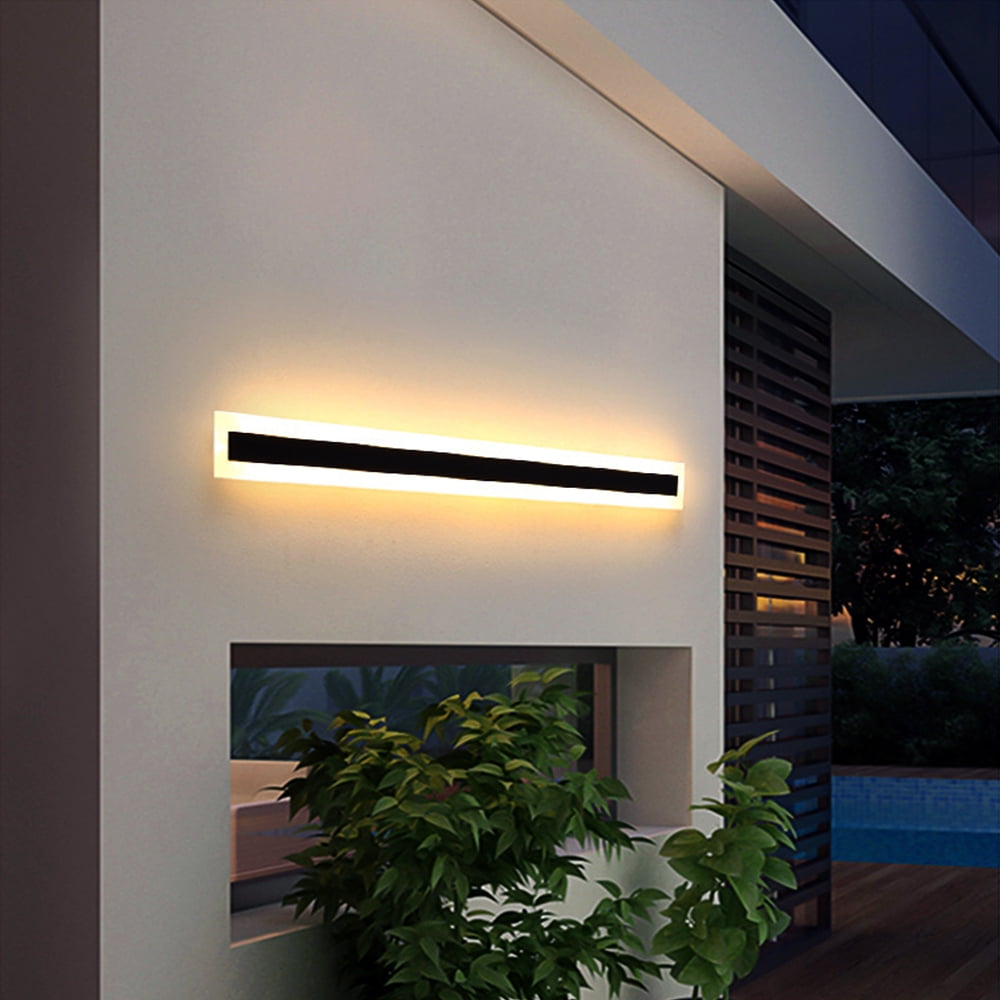Grasping the Common Factors of LED Screen Panel Breakdown
Wiki Article

LED panel screens are commonly used in various environments, from advertisements to residential cinemas. These panels are favored because they deliver bright and vibrant visuals while being power-saving. However, like all electronic gadgets, LED wall screens can encounter failures. Comprehending the frequent reasons of these failures is crucial for preserving their performance and ensuring durability. This piece explores several key elements that can contribute to the malfunctioning of LED wall screens.
One of the primary common causes of malfunction in LED panel panels is excessive heat. LED systems generates heat during operation, and if this heat is not properly controlled, it can harm internal components. Poor ventilation or inadequate cooling mechanisms can worsen the problem. When the temperature rises beyond the recommended levels, it can result to diminished brightness, color deviation, or total failure of the panel. Regular maintenance, including dusting air openings and maintaining proper airflow, can help avoid overheating and extend the lifespan of the screen.
Another major cause leading to LED panel screen malfunction is electricity spikes. Variations in the electric supply can cause damage to electronic components within the panel. Sudden jumps in electricity can cause to burnt circuit breakers or faulty circuits, leading in non-functional screens. Using voltage safeguards and power controllers can mitigate this threat by normalizing the electricity supply and safeguarding sensitive digital parts. Making sure that the electrical system is up view to code and capable of supporting the electricity requirements of the panel is also essential.
Environmental factors play a vital role in the performance of LED wall screens. Contact to harsh temperatures, moisture, or dust can negatively impact their operation. For instance, high humidity can lead to moisture buildup inside the panel, which can cause short circuits or damage of internal parts. Similarly, too much dust accumulation can obstruct ventilation and result to overheating. Placing LED screens in controlled environments and regularly maintaining them can assist preserve optimal functionality and avoid failures.
Additionally, manufacturing defects can result to early malfunctions in LED panel panels. Quality control during production is crucial to guarantee that each screen meets industry standards. Defective parts or poor construction can lead in issues such as inactive pixels or irregular brightness. It is crucial for consumers to buy LED panel screens from reputable manufacturers that provide guarantees and support. This guarantees that any possible defects can be resolved promptly, minimizing downtime and annoyance.
In summary, comprehending the frequent reasons of LED panel panel failure can help consumers take preventive measures to ensure their longevity and functionality. By click here for info tackling overheating, protecting against power surges, considering external conditions, and choosing quality products, consumers can greatly minimize the chance of malfunction. Regular maintenance and awareness of these elements will result to a better experience with LED panel screens, whether for personal or business application.